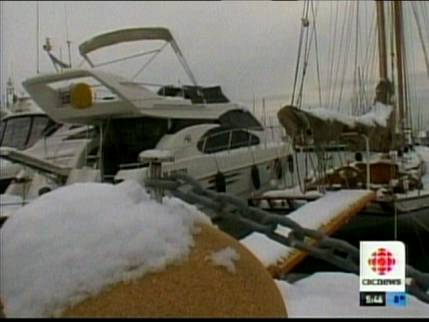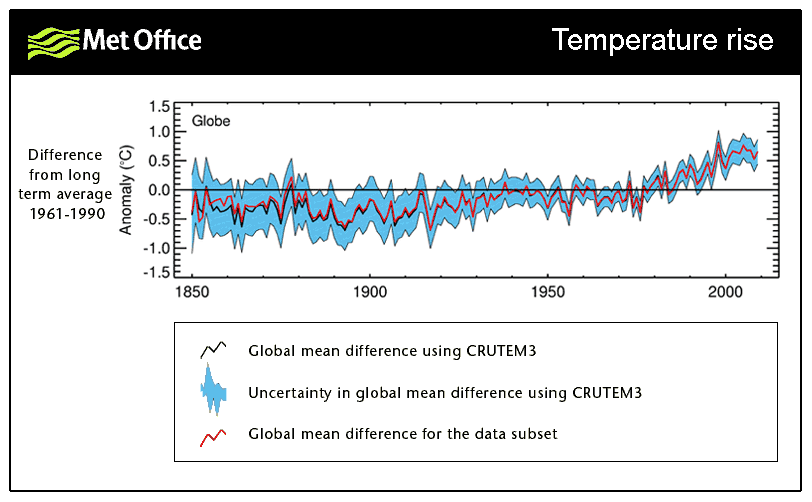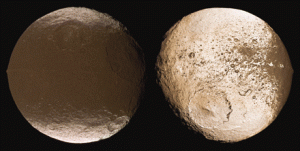Here’s yet another dramatic prediction by the Intergovernmental Panel on Climate Change (IPCC): that even a small temperature increase can lead to the loss of up to 40% of the Amazonian rain forest.
Except that it won’t. New research shows that there were no significant changes in the Amazon during the 2005 drought compared to previous years (also refuting previous speculation that drought might in fact help the rain forest grow). Like the prediction about Himalayan glaciers, the IPCC’s alarming statement was based solely on a non-peer reviewed report by the WWF (formerly known as the World Wildlife Fund, but no longer).
Defenders of the “scientific consensus” argue that small discrepancies notwithstanding, the findings of the IPCC are unassailable, the case for anthropogenic global warming is solid, and that the ones casting the first stone should be those who’d never leave a few innocent mistakes in a giant 1000-page report. If this was all there was to it, I should really keep my mouth shut; I’ve made more than my fair share of embarrassing mistakes in the past in stuff I wrote, and no doubt, I’ll make equally embarrassing mistakes in the future.
But these are not innocent mistakes, not small errors that only nitpickers care about, not even gross errors that can be attributed to carelessness. We’re not talking about a typo here, an omitted reference or erroneous formula there, an improperly drawn conclusion somewhere else. What we have here is the purposeful inclusion of non-peer reviewed material simply for its shock value. And not just in footnotes. This statement about the rain forests leads the section about Latin America, in the IPCC 2007 WG II Summary for Policymakers:
“By mid-century, increases in temperature and associated decreases in soil water are projected to lead to gradual replacement of tropical forest by savanna in eastern Amazonia.”
The body of the text that the summary refers to contains further alarming detail:
“Up to 40% of the Amazonian forests could react drastically to even a slight reduction in precipitation; this means that the tropical vegetation, hydrology and climate system in South America could change very rapidly to another steady state, not necessarily producing gradual changes between the current and the future situation (Rowell and Moore, 2000).”
The cited paper by Rowell and Moore is the non-peer reviewed report produced by the WWF, containing some dramatic language such as “the year the world caught fire”. Nonetheless, the authors’ prediction is not near as dire as the IPCC’s version, for which their paper is named as the sole source. Rowell and Moore only say that “up to 40% of the Brazilian forest is extremely sensitive to small reductions in the amount of rainfall.”
Don’t get me wrong, I firmly believe that the Amazonian rain forest is in serious trouble. You don’t need climate change for this… logging will do the trick nicely.
What I find inexplicable and unjustifiable is the IPCC’s decision not only to include such a striking prediction based solely on a non-peer reviewed source, but even embellish it. The IPCC’s report is supposed to be an objective assessment of the best science available, based upon which trillion dollar decisions will be made, affecting the world economy for generations to come. Instead, at least some sections of it look more like an activist’s pamphlet.
By undermining trust in the integrity of the science, the IPCC may be doing grave harm to the very cause it champions. The scientific evidence may be stronger in the future: the models will improve, and one day, will have real predictive power, the ability to reproduce accurately observed changes in the climate after a certain date using data available up to that date. At that time, we may yet find that the situation is even worse than we thought. Question is, will people still listen if the scientific community discredits itself now by crossing the line between science and activism?







